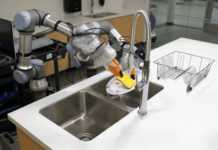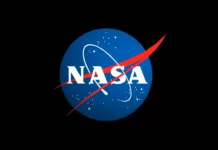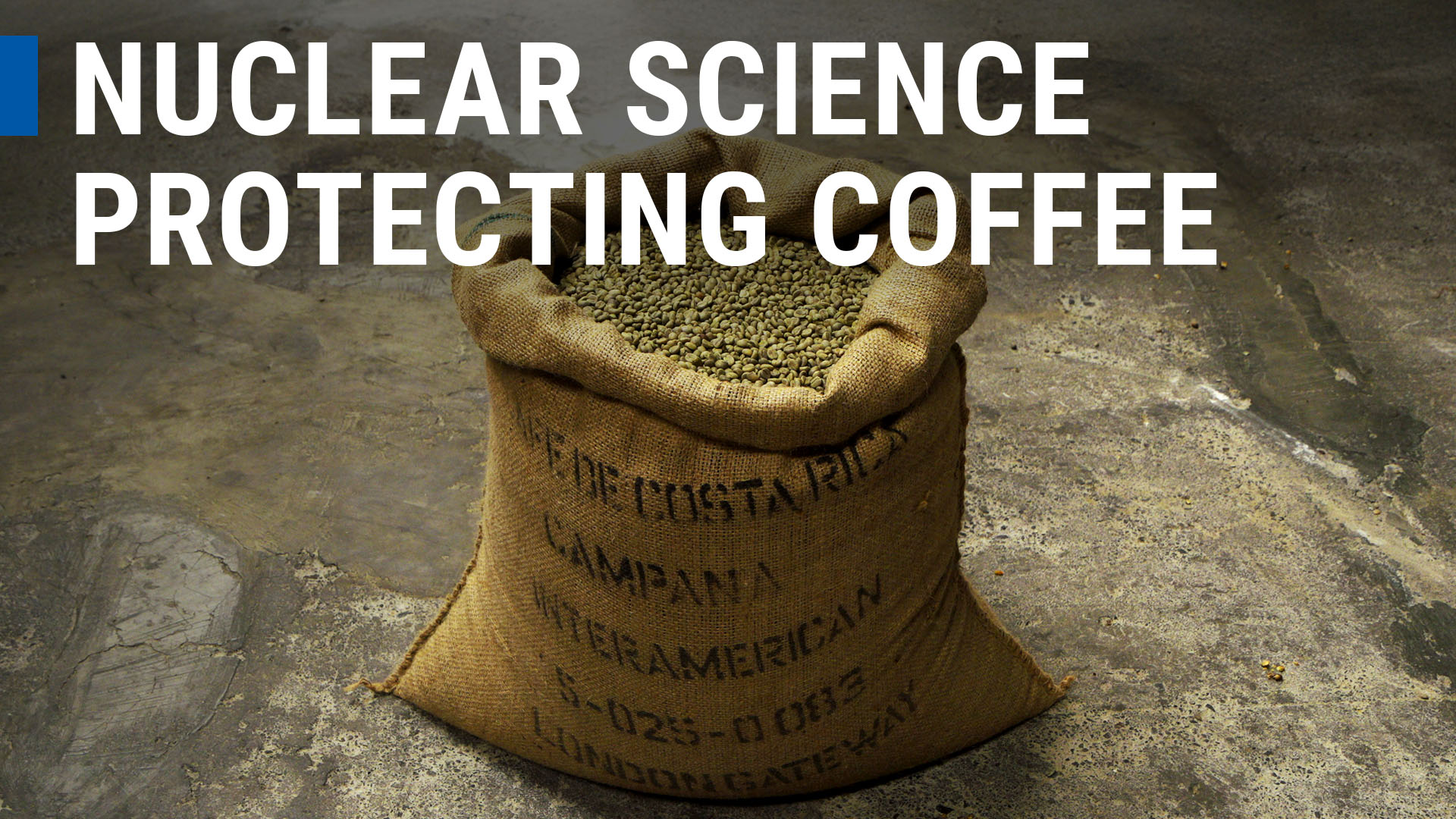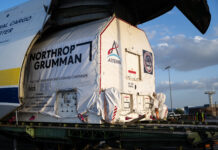Unveiling the Journey of Coffee Beans Through Nuclear Science
Every cup of coffee tells a story, and behind each bean lies a narrative of its origins, growth, and journey to your cup. With the help of advanced nuclear techniques, scientists can trace this journey meticulously, from the rain that falls on the coffee plants to the soil that nurtures their roots. This innovative approach is supported by the International Atomic Energy Agency (IAEA) in collaboration with the Food and Agriculture Organization of the United Nations (FAO). Together, they are aiding countries in employing these methods to ensure the quality and authenticity of coffee. One noteworthy initiative is the University of Costa Rica’s development of a geographic database for Tarrazú Coffee, which helps laboratories around the world verify its origins and safeguard its esteemed reputation.
The Role of Nuclear Techniques in Coffee Authentication
Nuclear science might seem an unusual ally in the world of coffee, yet its application in agriculture has opened new avenues for ensuring food quality and authenticity. Nuclear techniques, such as isotope analysis, allow scientists to delve deep into the elemental composition of coffee beans. This method involves examining stable isotopes—non-radioactive forms of elements—that are present in the beans. These isotopes can reveal a wealth of information about the environmental conditions in which the coffee was grown.
The isotopic signatures in coffee beans act like a fingerprint, unique to the geographical region where the coffee was cultivated. By analyzing these signatures, scientists can verify whether a coffee bean truly originates from its claimed location. This process is crucial in protecting the integrity of specialty coffees, like Tarrazú Coffee, which are highly prized for their distinct flavors and qualities associated with their specific geographic origins.
Tarrazú Coffee: A Case Study in Geographic Verification
Tarrazú Coffee, grown in the Tarrazú region of Costa Rica, is renowned globally for its exceptional taste and unique characteristics. However, with its growing popularity, there is an increased risk of counterfeit products claiming to be genuine Tarrazú Coffee. To combat this, the University of Costa Rica has embarked on a groundbreaking project to create a comprehensive geographic database for Tarrazú Coffee.
This database compiles detailed isotopic data collected from authentic Tarrazú Coffee samples. By establishing a standard reference, laboratories worldwide can compare their coffee samples against this database to verify authenticity. This not only helps in preserving the prestige of Tarrazú Coffee but also contributes to fair trade practices by ensuring that consumers receive what they pay for.
How Isotope Analysis Works
To understand how isotope analysis aids in coffee authentication, it’s essential to grasp the basic concept of isotopes. Isotopes are variants of a particular chemical element that have the same number of protons but differ in the number of neutrons. In simpler terms, while they are chemically the same, their atomic weights differ.
In the context of coffee, isotopes of elements such as carbon, hydrogen, and oxygen are analyzed. These isotopic compositions are influenced by environmental factors like rainfall, altitude, and soil composition, which vary from one region to another. By comparing the isotopic composition of a coffee bean to the established database for a specific region, scientists can confirm its geographical origin.
The Importance of Authenticity in the Coffee Industry
Ensuring the authenticity of coffee is more than just a matter of consumer preference. It has significant economic implications for coffee-producing countries. Authenticity verification protects local farmers and producers from unfair competition posed by counterfeit products. It also helps maintain the reputation of specialty coffees, which often command higher prices in the global market due to their unique flavors and qualities.
Furthermore, consumers are becoming increasingly conscious of the origins of their food and beverages. They demand transparency and authenticity, willing to pay a premium for products that offer a guaranteed lineage. By employing isotope analysis, the coffee industry can meet these consumer demands while supporting sustainable agricultural practices.
The Future of Coffee Authentication and Quality Control
The collaboration between the IAEA, FAO, and institutions like the University of Costa Rica represents a significant step forward in food authentication and quality control. As nuclear techniques become more refined and accessible, their application could extend beyond coffee to other agricultural products, ensuring authenticity and quality across various sectors.
Moreover, the establishment of geographic databases for other regions and products could further enhance global food traceability efforts. This would not only benefit consumers and producers but also contribute to global food security by preventing fraud and ensuring fair trade practices.
Conclusion
In a world where authenticity and quality are increasingly valued, the use of nuclear techniques in agriculture offers a promising solution. By tracing the journey of coffee beans from plant to cup, scientists are not only preserving the heritage of specialty coffees like Tarrazú but also paving the way for a more transparent and fair global food industry. As these methods continue to evolve, the story of each coffee bean will become clearer, offering consumers a deeper connection to the origins of their beloved brew.
For more Information, Refer to this article.


































